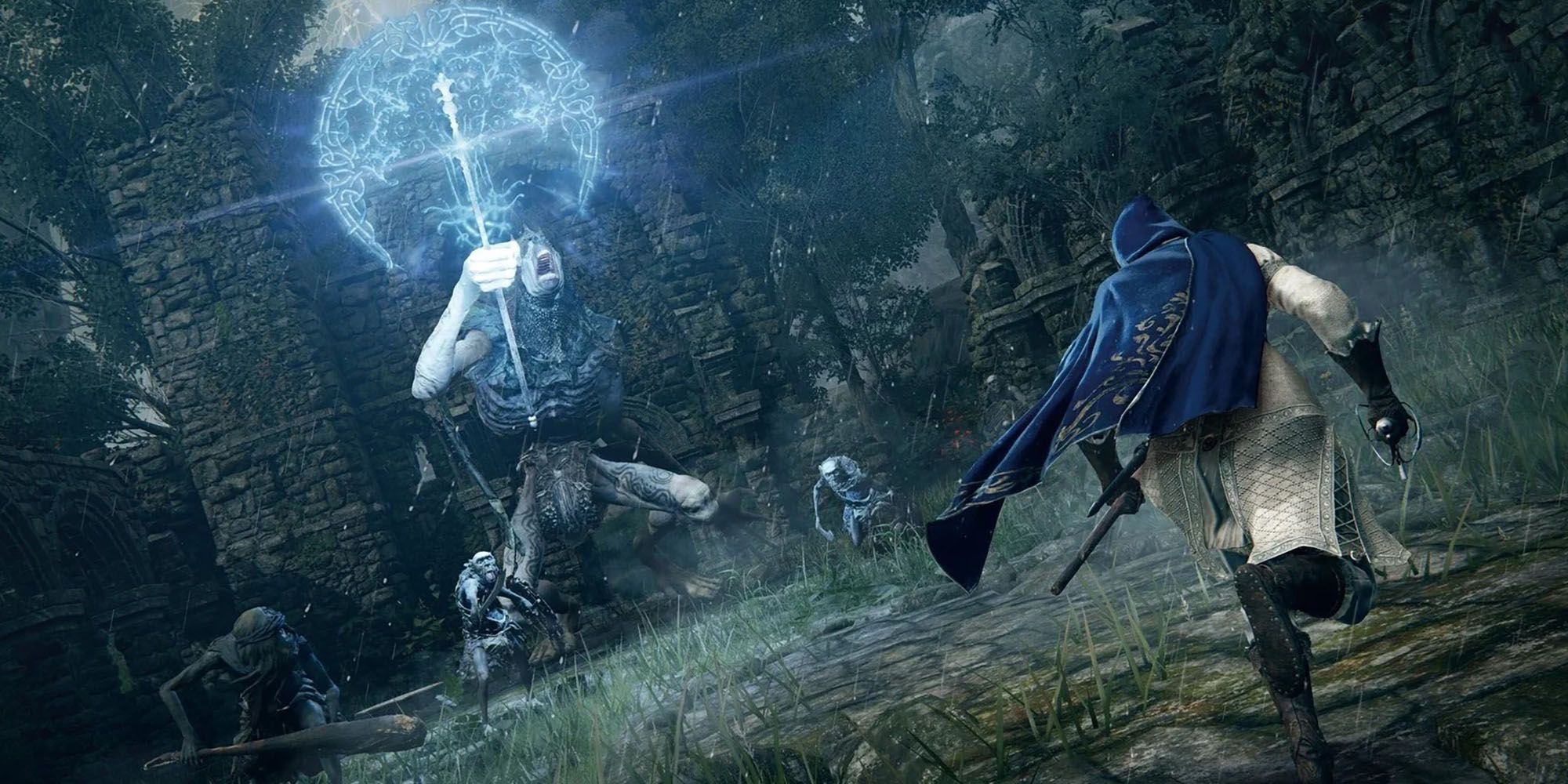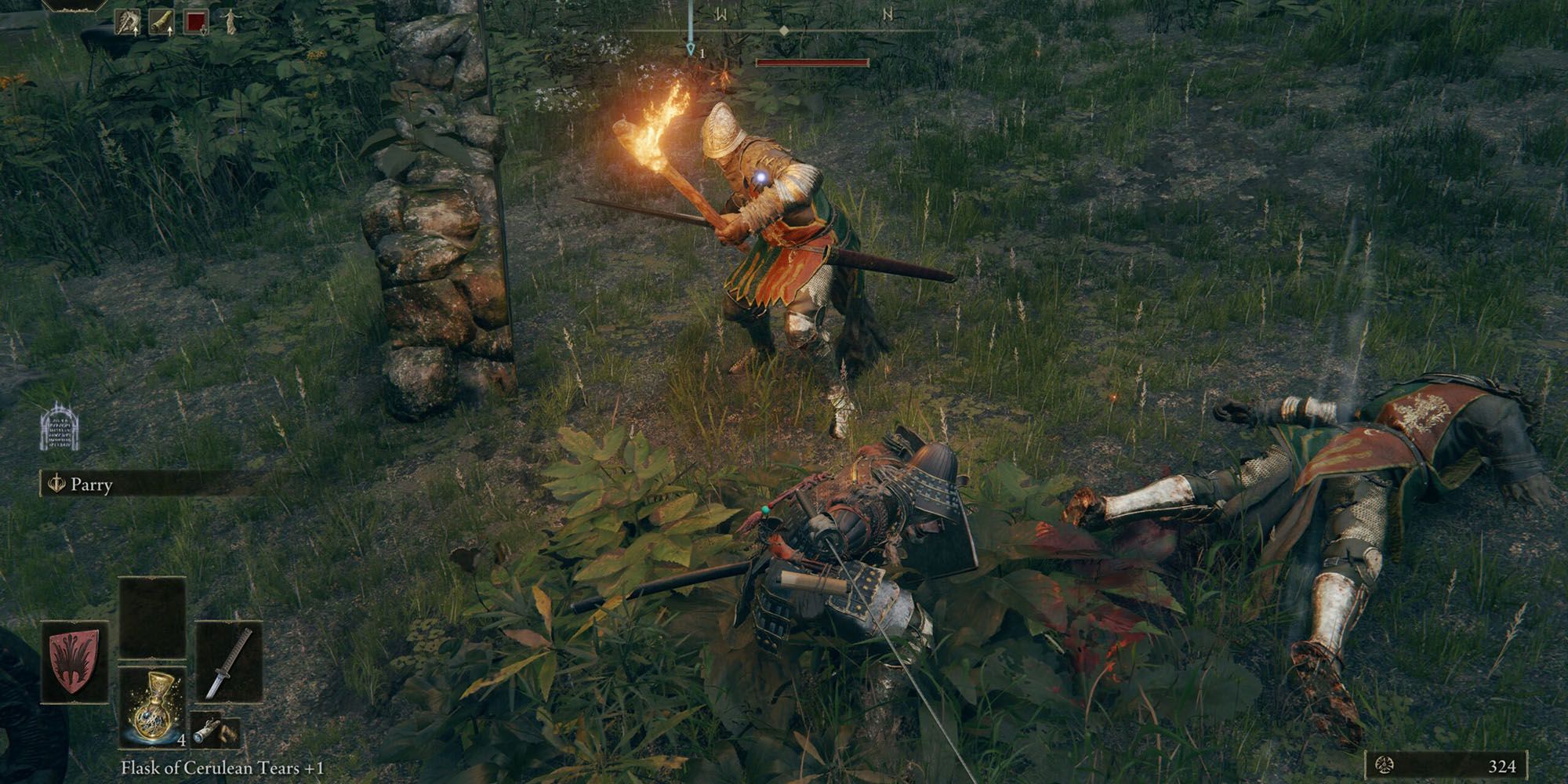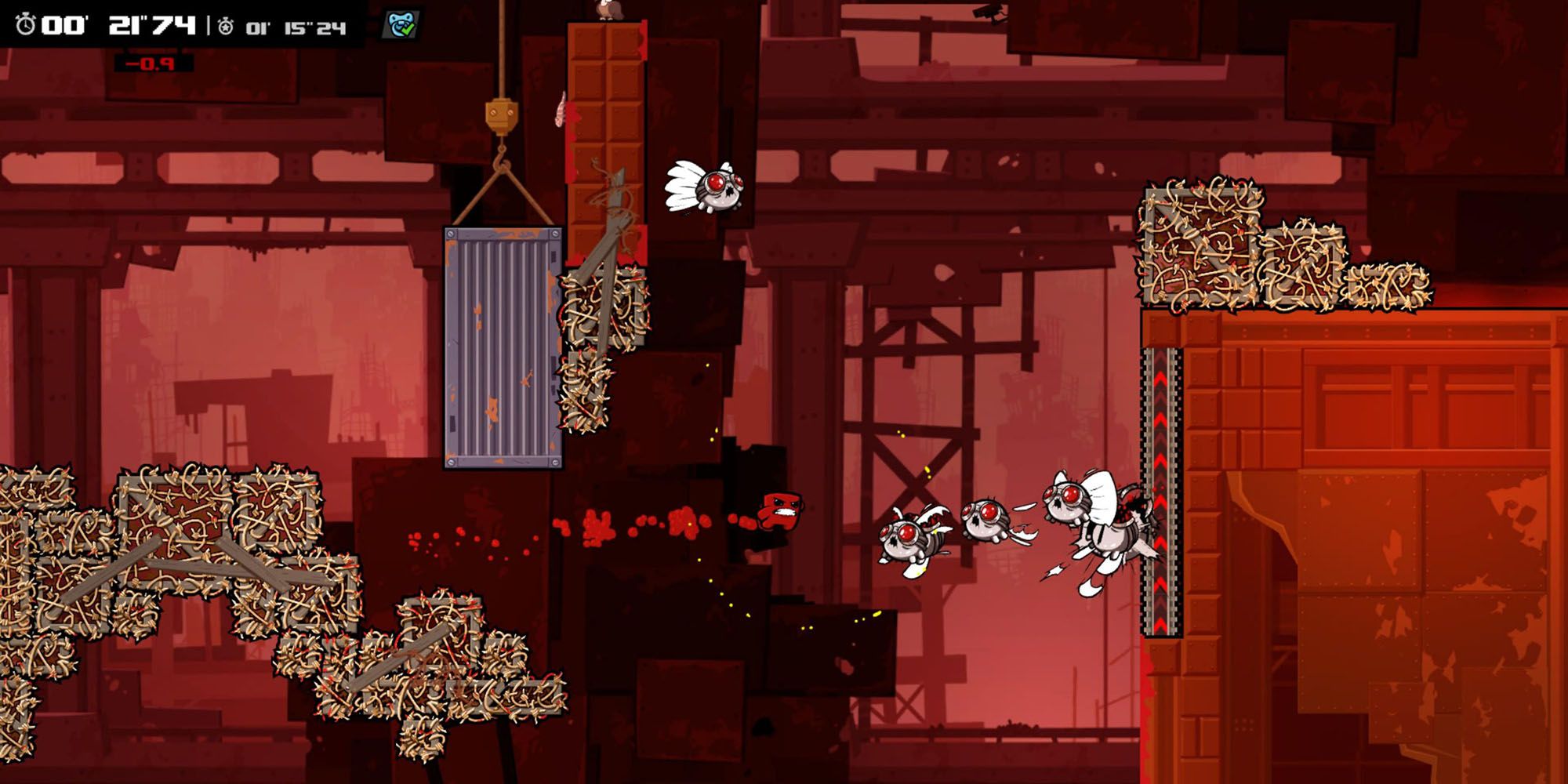Difficult games are back in style with Elden Ring taking the center stage. Love it or hate it, lots of gamer digging into the latest major Soulslike release, a genre known for being incredibly difficult and requiring skill and patience to beat. However, while it may feel unfair, Elden Ring gives players all the tools they need to succeed, leaving it up to them to decide whether or not they will persevere. The mechanics are fair, making Elden Ring a good example of game difficulty that comes from excellent design and encourages players to get better by learning how its mechanics work.
Unfortunately, this isn't the case for every game, as some are made difficult through unfair mechanics or steep learning curves. This is called artificial difficulty. While both are challenging, one is fun to conquer and learn from, while the other limits players or takes the challenge out of their hands. Sometimes, the line between the two can be blurred, but there are key things that can help distinguish skill-based game from one that's difficult for difficulty's sake.
Elden Ring and Dark Souls can walk the line between real and artificial difficulty at times, but they ultimately fall into the truly difficult category. Enemies and bosses are hard, but their moves are telegraphed, and they have patterns. There's no hand-holding or obvious guide to point players in the right direction, but there's no wrong direction either.
Trial and error are a significant part of Soulslikes, leaving the challenge in the players' hands. They're given the means to learn how to play with tutorials, handed starting equipment, and given class and stat options to suit their playstyle. These challenges can be overcome because they're based on the player's skill and are not artificial hindrances. This is true difficulty.
Other games that fall into this category are Hollow Knight and Monster Hunter, which are difficult because they require players to learn and get better. Elden Ring is no different. As long as the learning curve isn't too steep and players have control over the gameplay, the difficulty stands at an acceptable amount. Things only become unfair when a game exerts extreme limitations which players are forced to overcome or impose mechanics which give players less control.
Most auto-runners are a great examples of artificial difficulty. In an auto-runner, the player character will constantly move forward without input. The only thing the player has control over, usually, is a jump button to make it over oncoming obstacles. They can't slow down, change direction, or set up jumps like they would be able to in a platformer. That's what makes these games difficult -- a lack of control.
Of course, a game will be hard when the player can't control their character and there's nothing that they can do about it. This is the definition of artificial difficulty. Another example, which can occur in smaller portions of a game, is introducing a player to a new area and giving them a tight time constraint to accomplish something or perish. It creates an unfair situation they have no control over, particularly if the game doesn't give them the chance to try again right away or provide indication on what it is that they're supposed to do.
Real and artificial difficulty are important distinctions in the world of gaming, both for players and developers. It can mean the difference between a fun, challenging experience and an unfair, uphill battle to make it to the end out of spite or simply giving up. Elden Ring falls into the first category. Despite the claims of those who find it unfair, the game provides players with all the tools they need to forge ahead, grow, and make it to the end -- the only thing stopping them is patience.



